Basements are among the most dampness-prone areas in home. Some of the tell-tale signs of excess moisture in your basement, which would require using a dehumidifier, include visible mold on the ceilings, walls, and floors, condensation on the surfaces, watermarks on the floors, and a musty smell.
Read on to discover more signs indicating that you need a basement dehumidifier.
- High Humidity Levels
- Musty Odors
- Allergic Reactions
- Visible Mold
- Condensation on Walls and Windows
- Signs of Rot & Wood Decay
High Humidity Levels
When debating whether or not you need a dehumidifier, you need to check the humidity levels in your basement. Your best bet is to utilize a thermostat or hygrometer, both of which measure the moisture levels in a space and provide you with real-time data.
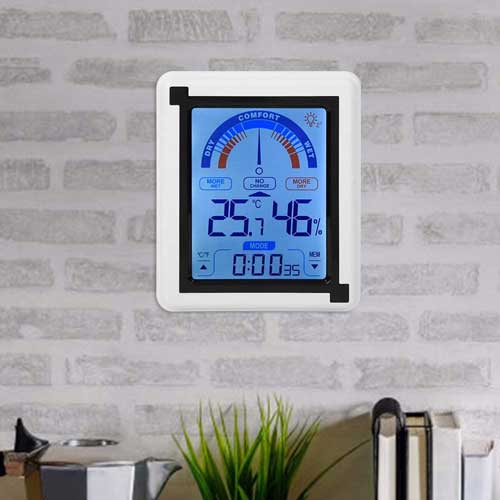
Example: Hygrometer
Comfortable humidity levels range between 40% and 60%. However, you will, want to run a dehumidifier if your basement’s moisture levels exceed 55%. Ideally, go for a dehumidifier with a smart humidistat; this feature will allow your moisture extractor to maintain your desired moisture levels automatically.
Musty Odors
If you experience a musty odor in your basement, you definitely need to utilize a dehumidifier. Stale smells are often indicative of mold infestation, boiling down to high moisture levels.
Mold also adversely affects the cosmetics of porous materials like drywall, upholstery, and clothes.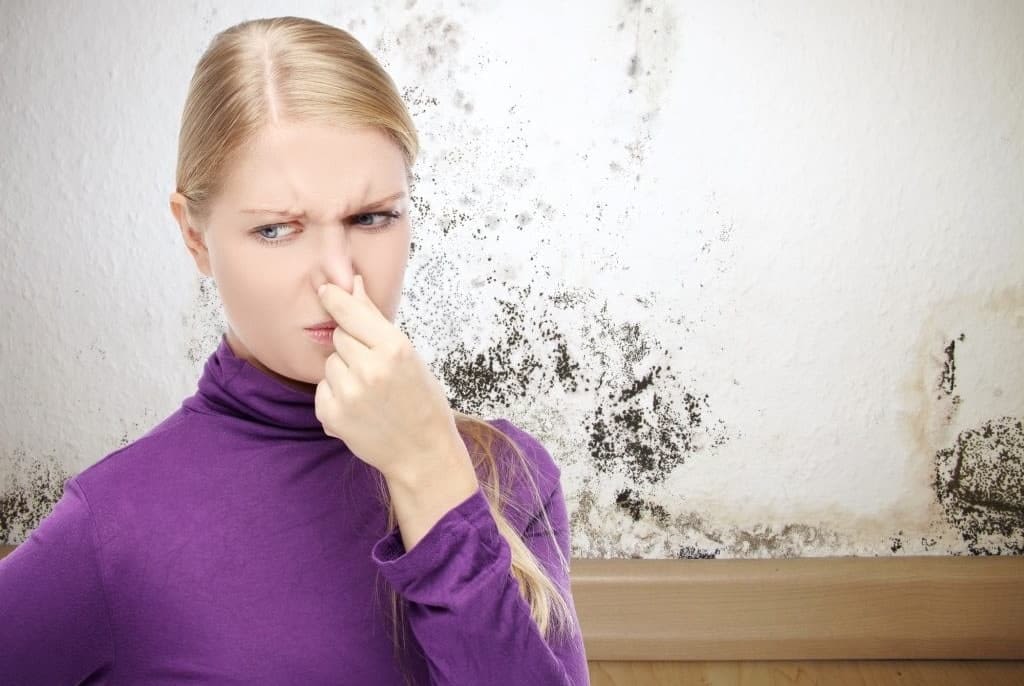
Allergic Reactions
Besides damaging permeable materials, actively growing mold could lead to various health issues. Mildew releases spores and mycotoxins into your indoor air, triggering allergic reactions like sneezing, runny or stuffy nose, as well as itchy eyes, nose, and throat.
Prolonged exposure to these substances could also lead to scaly skin. In severe cases, mold spores and mycotoxins exacerbate asthma attacks among asthmatic individuals.

Visible Mold
If you suspect your basement is overly damp, inspect the room for signs indicating mold growth, including dark spots on the walls, furniture, and fabrics. Upon confirming your fears, engage mold remediation experts to remove the affected materials lest the mildew spreads beyond manageable levels.
Also, ensure to keep a dehumidifier running to starve the mold of moisture and prevent a reoccurrence.
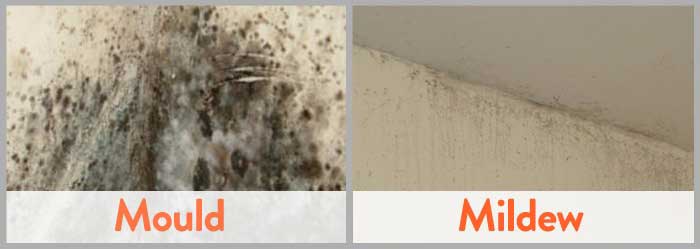
Condensation on Walls and Windows
Foggy windows and wet walls are sure signs of excessive moisture in your basement. Condensation occurs when your home’s ventilation is inadequate, leading to moisture retention after such activities as taking a hot shower or drying cloths. While condensation might appear like an insignificant problem, it could lead to major issues when the moisture drips and gets soaked into porous materials like wallpapers, drywall, clothes, upholstery, and wooden materials.
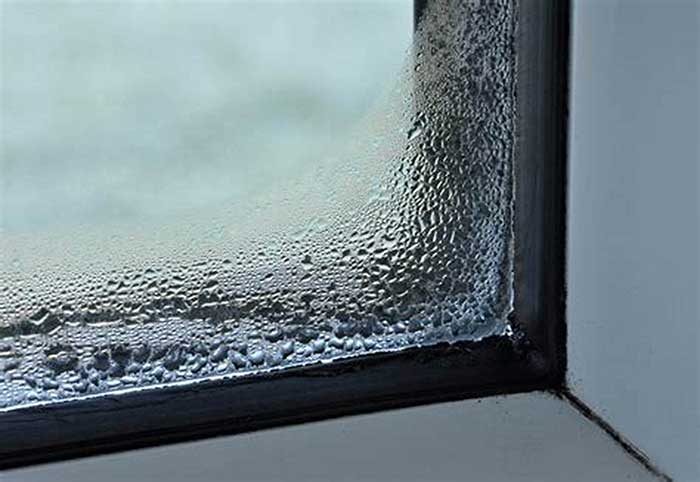
Moisture Condensing on Window Glass
To combat the issue, you need to install proper ventilation. It’s also advisable to keep a dehumidifier close by and run it after engaging in activities that raise indoor moisture levels. This is especially true if there’s a bathroom or laundry room in your basement.
Signs of Rot & Decay
Excess humidity is very dangerous for homes with wooden structures as it adversely affects their integrity. After prolonged exposure to excess humidity, items like upholstery, ceilings, and drywall start to decay. These materials are highly absorbent but take time to dry out. As a result, they can rot severely and end up with cosmetic and structural damage.
Some of the common signs of rot in your basement include shrunken and dark areas on wooden items like windows, floors, support beams, and furniture. You may also witness pancake-like growth on wooden surfaces.
The affected timber should be removed to prevent the rot from spreading to uninfected areas. To prevent this issue in the first place, it’s imperative to maintain ideal humidity levels with the help of a basement dehumidifier.
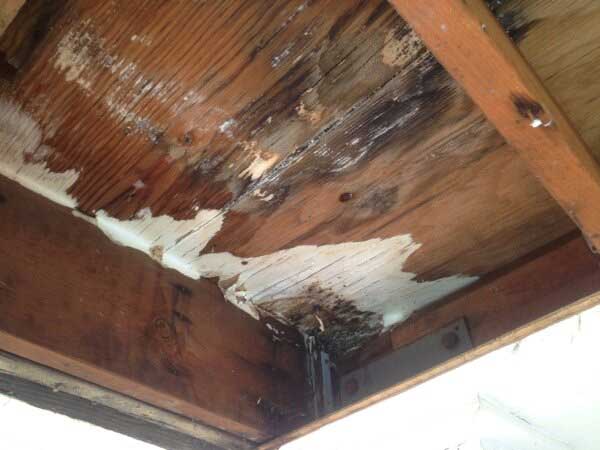
Visible Structural Damages
